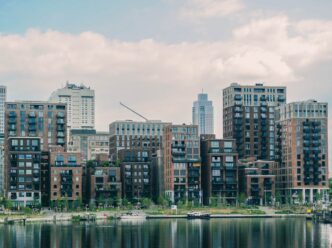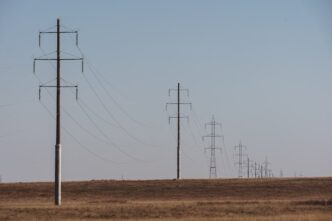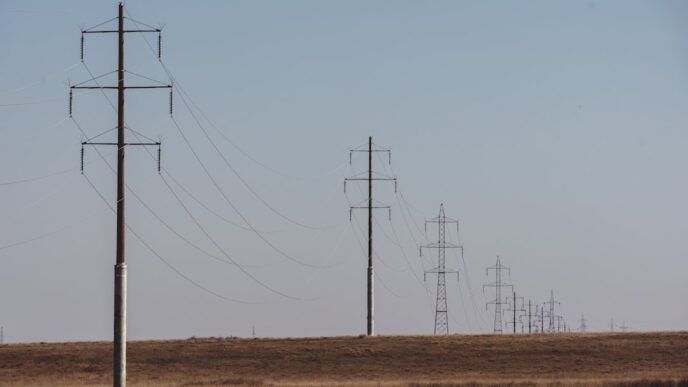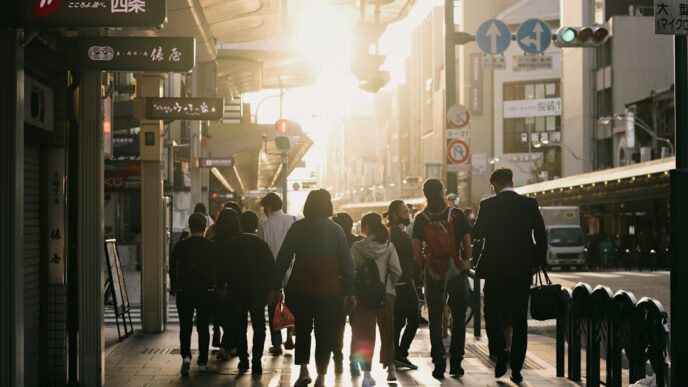As remote work solidifies its role in the fabric of modern employment, the ramifications for urban real estate are becoming increasingly apparent. The pandemic accelerated a trend long hovering at the fringes of corporate culture, prompting a reevaluation of where and how people choose to live. Now, cities with dense urban centers are starting to feel the pinch, while suburban and rural areas are witnessing a surge in demand.
Consider the case of San Francisco, once the epicenter of the tech boom and an urban landscape characterized by sky-high rents and bustling streets. With firms like Twitter and Dropbox endorsing long-term remote work policies, the demand for housing has shifted dramatically. According to a report from the San Francisco Chronicle, rental prices plummeted by nearly 25% during the height of the pandemic, a startling statistic for a city known for its exorbitant living costs. As employees realized they could work effectively from anywhere, many opted to flee the concrete jungle for quieter, more affordable locales.
This migration is not unique to San Francisco. Cities such as New York and Los Angeles have also seen a decline in urban renter demand. A study by Zillow highlighted a nationwide trend: suburban homes saw a price increase of roughly 7.3% in contrast to urban areas, where prices stagnated or even fell. The data reflect a shift in priorities; space, affordability, and lifestyle are now at the forefront, a stark departure from the past when proximity to work was paramount.
The effects of this shift ripple through the broader economy. Urban areas, once vibrant hubs of activity, now grapple with challenges like increased vacancies and declining property values. Real estate companies accustomed to thriving markets are redrafting their strategies, focusing on suburban investments and diversifying portfolios to include properties that cater to remote workers. For instance, major players like Brookfield Asset Management are pivoting towards mixed-use developments that emphasize community spaces and telecommuting facilities, a response to the evolving landscape.
On the flip side, suburban municipalities are reaping the benefits of this trend. Local governments are experiencing a surge in tax revenue as new residents flock to their districts. Communities that may have struggled with stagnant growth are now witnessing a renaissance, investing in infrastructure and public services to accommodate newcomers. For example, towns in the Midwest reported significant increases in building permits, with some areas seeing a rise in new construction that outstrips urban centers.
However, there are significant caveats to this evolving narrative. The surge in demand for suburban housing has led to escalating prices, which poses the risk of economic inequality as those who cannot afford these prices are pushed further away from job centers. Furthermore, the reliance on remote work raises questions about the sustainability of this growth. What happens when companies revert to pre-pandemic norms, or when telecommuting fatigue sets in?
The real estate landscape is undoubtedly changing, propelled by a workforce that values flexibility and quality of life. But with this transformation come both opportunities and risks that stakeholders—developers, policymakers, and everyday citizens—must navigate to ensure a balanced approach to this new chapter in urban living. The housing market’s metamorphosis is a testament to the adaptability of society, but it also begs the question: at what cost is this adaptability achieved?













